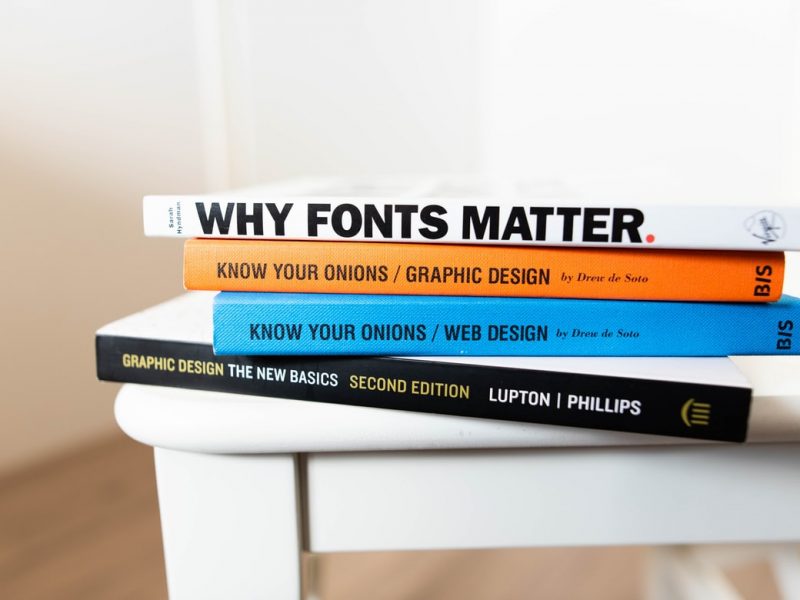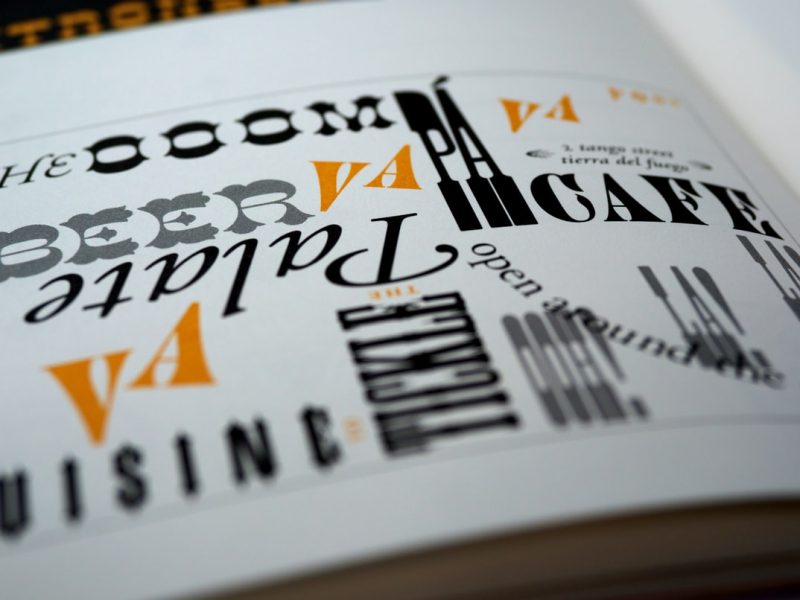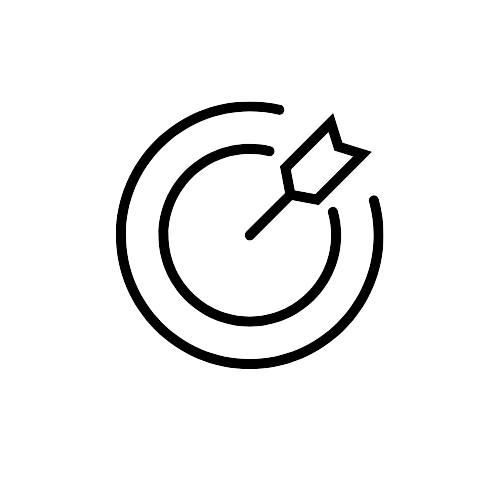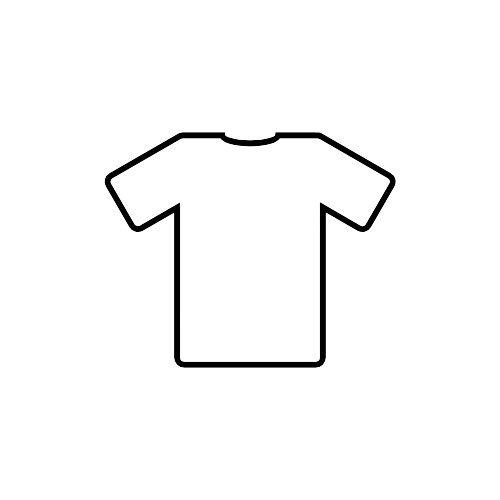
Modern art is noted for its avant-garde style and pioneering artists. It incorporates several key art movements and has subsequently seen an eclectic range of styles evolve over the duration of nearly 100 years. To follow contemporary art’s remarkable growth, one must first identify and grasp the numerous genres that make it up. However, coming up with a current art phrase is useful in this aspect. Modern art, not to be confused with contemporary art, refers to the art museum in modern times from the late nineteenth and early twentieth century. Artists’ interest in re-imagining, reinterpreting, and even rejecting established aesthetic concepts of past styles may be evident in works done during this period.
Major Artists and Movements in History
The contemporary art genre is made up of numerous key movements, beginning with light and airy Impressionism and culminating with strong Abstract Expressionism.
- Impressionism, usually recognized as the genesis of modern art, opposed academic painting’s rigid standards and realistic pictures. When Claude Monet created Impression, Sunrise in 1872, he pioneered the use of blurred brushstrokes, a concentration on light, and a vivid color palette. Painting by Claude Monet, ‘Impression, Sunrise,’ available via Wikimedia Commons
- Artists such as Paul Cézanne, Paul Gauguin, Vincent van Gogh, and Henri Toulouse-Lautrec started painting in unique, atypical styles as a consequence of the Impressionists’ creative freedom. Post-Impressionism is a colorful art movement that emerged in the 1890s and stresses a focus on emotion and a preference for subjective interpretation over accurate portrayal.
- Les Fauves, a group of avant-garde painters led by André Derain and Henri Matisse, established Fauvism in the early twentieth century. A hallmark of Fauvist art, as well as that of the Post-Impressionists, was the use of wildly exaggerated colors and an emphasis on the subjective experiences of the viewer.
Popularity in the Culture

Modernism and modern art have their roots in the industrial revolution. This period of rapid changes in manufacturing, transportation, and technology began around the mid-eighteenth century and lasted until the nineteenth century, profoundly affecting the social, economic, and cultural conditions of life in Western Europe, North America, and eventually the rest of the world. The railroad, the steam engine, and the subway all transformed the way people lived, worked, and traveled, extending their viewpoint and enabling them access to new ideas. Workers moved to cities for industrial work as cities evolved, and urban populations swelled.
What Is the Future Of Art?
The artwork was traditionally commissioned by wealthy individuals or organizations, such as churches, before the nineteenth century. Ancient art often depicted religious or mythical scenes in order to convey lessons to the viewer. Many artists started to make art based on their own personal experiences and on subjects that they picked throughout the nineteenth century. With the release of Sigmund Freud’s The Interpretation of Dreams (1899) and the widespread acceptance of the concept of a subconscious mind, many artists started exploring the possibilities of representing their subjective experiences via dreams, symbolism, and personal iconography. A number of artists pushed the boundaries of realism in their work by experimenting with the expressive possibilities of color and new technical mediums.







